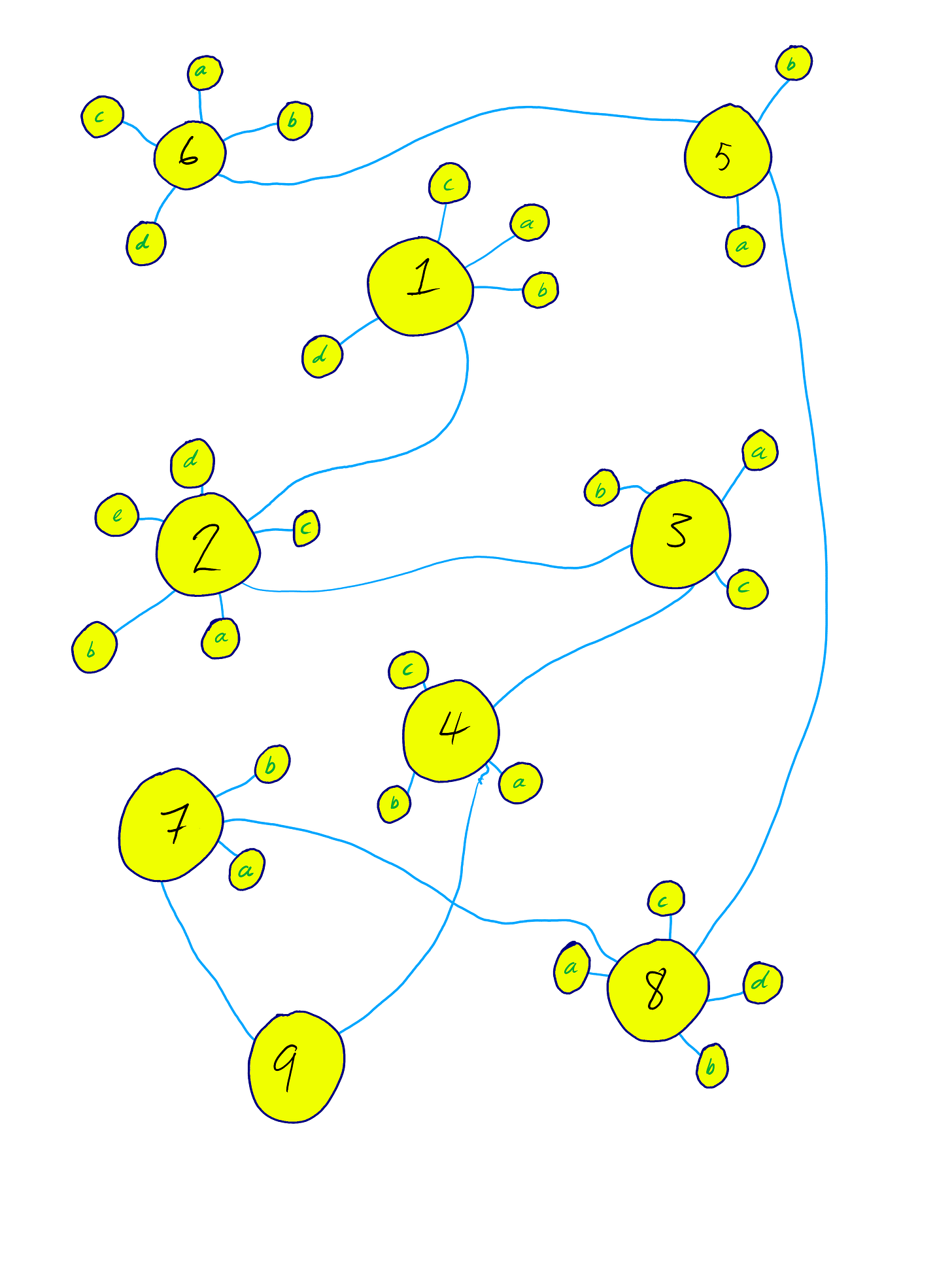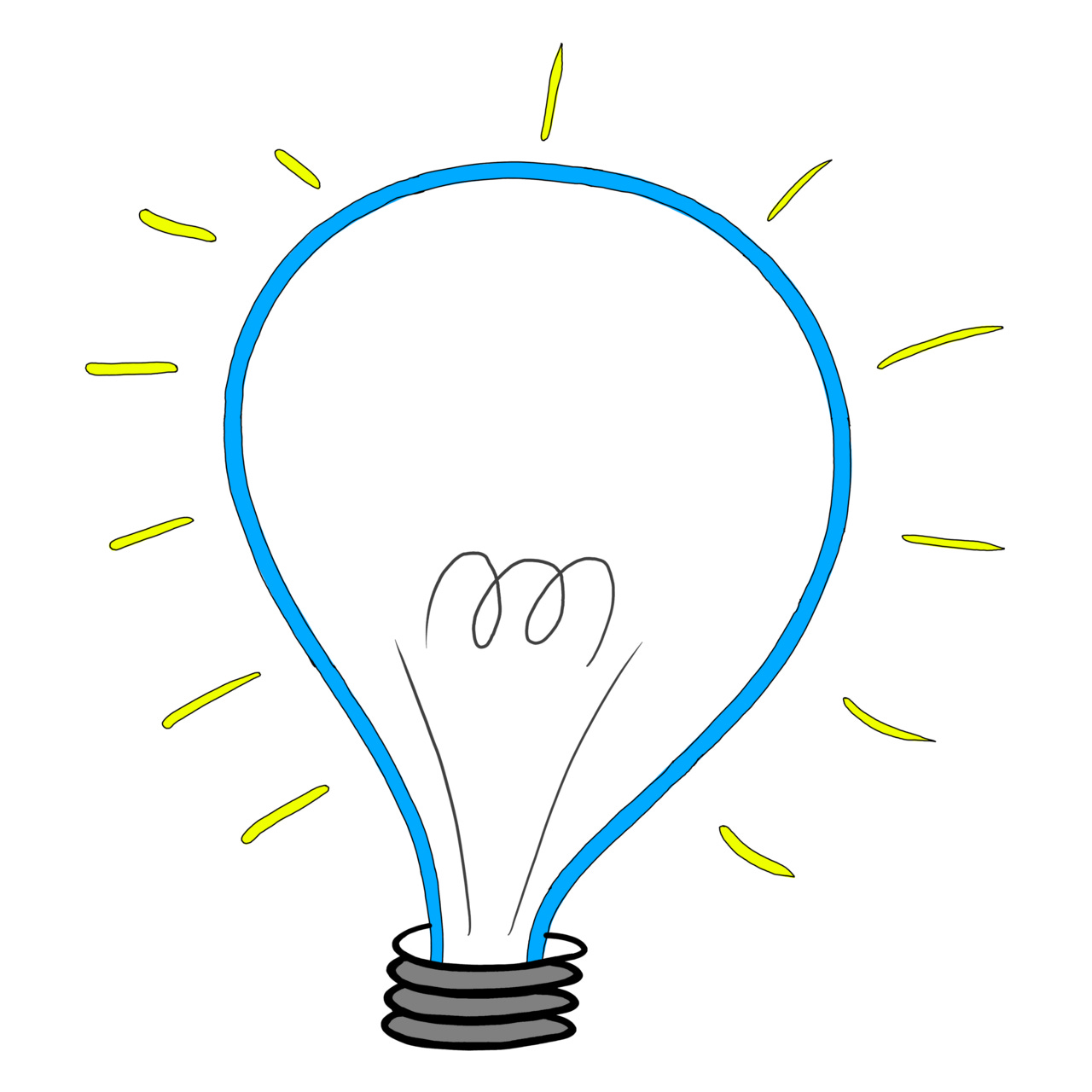If you have ADHD, you know the struggle: you sit down to take notes, determined to capture key points, only to find yourself with a scattered mess of half-thoughts, random tangents, and forgotten ideas. By the time you look back, the notes barely make sense—or worse, you can’t even find them. Sound familiar?
Traditional note-taking methods often assume a linear, structured way of thinking, which isn’t always how an ADHD brain operates. Instead, we need systems that accommodate rapid thoughts, allow for flexibility, and prevent information from vanishing into the void.
Enter Logseq—a powerful, ADHD-friendly tool that allows for non-linear thinking, rapid capture, and easy organization. If you’re unfamiliar with Logseq, think of it as a more structured digital notebook that connects ideas seamlessly. And if you’re coming from Obsidian, the same principles apply.
This guide will break down ADHD-friendly note-taking strategies using Logseq (and Obsidian as a secondary option).
The Core Challenges of ADHD Note-Taking
Before we get into solutions, let’s pinpoint the biggest roadblocks:
Forgetting where you put your notes – Paper notes get lost. Digital notes end up scattered across apps, emails, and random files.
Lack of structure – You write things down but don’t format them in a way that’s easy to review later.
Getting distracted mid-note – Your brain jumps to another idea before you finish writing the first one.
Overcomplicating it – Too many systems, too many steps, too much friction.
Not reviewing notes later – What good are notes if they just sit there collecting digital dust?
Let’s tackle these head-on with ADHD-friendly Logseq strategies.
ADHD-Friendly Note-Taking Strategies with Logseq
1. Use Logseq’s Daily Journals as Your Capture Hub
Logseq’s Daily Journal feature is perfect for ADHD brains—it automatically creates a new note each day, so you don’t have to decide where to put things. Just brain-dump everything into the daily page, and you can sort it later using tags and links.
Not sure where to put an idea? Write it in today’s journal.
Have a task? Use
TODOto track it.Need to revisit something? Tag it with
#revisit
No more lost notes!
2. Use Indentation & Outlining to Organize Thoughts
Logseq (and Obsidian’s outliner plugins) allow for bullet-based outlining, which is perfect for ADHD note-taking. Instead of a wall of text, use nesting bullets to break down ideas:
Main topic
Sub-topic
Key detail
Another thought
Related idea
This method makes information easier to scan and review later.
3. Tag & Link Notes for Easy Retrieval
One of the biggest ADHD struggles is remembering where you put things. Logseq solves this with bi-directional linking:
Tag important concepts (
#ADHD#WorkNotes#Ideas)Create links between related notes (
[[Meeting Notes]])Use queries to find all notes on a topic (
{{query #revisit}})
This way, even if you forget where you wrote something, Logseq will help you find it again.
4. Capture Quick Notes with Logseq’s Mobile App or Voice Input
For on-the-go note-taking, Logseq’s mobile app allows you to quickly jot down thoughts. If writing feels slow, use voice-to-text with your phone’s dictation feature and paste it into Logseq, or just use the one built into your keyboard and type it in directly. By holding this button:
Obsidian users can do the same with plugins like QuickAdd or Templater to speed up capture (though I couldn't find a seamless way to mimick how Logseq handles it).
5. Use “NOW / NEXT / LATER” for Prioritization
ADHD brains struggle with prioritization. Instead of a long, overwhelming to-do list, use a simple system inside Logseq:
NOW – What needs to be done today?
NEXT – What’s coming up soon?
LATER – Future tasks or ideas to revisit
Simply create these sections in your Daily Journal or use tags like #now, #next, and #later to filter your tasks dynamically.
6. Build a Weekly Review Habit
Writing things down is only half the battle. The real magic happens when you actually use your notes. Set aside 15 minutes a week to:
Review your Daily Journal entries
Look at all
#revisittagsMove important ideas to permanent notes (Logseq pages)
A simple recurring reminder in your calendar can keep this habit alive.
7. Use Templates to Reduce Friction
For recurring types of notes (like meeting notes, research, or planning), create Logseq Templates so you don’t have to start from scratch every time. Obsidian users can achieve the same with the Templater plugin.
If you're unsure where to start, try setting up a simple template with sections for brain dumps, action items, and follow-ups to keep your notes structured and easy to review.
8. Use Color-Coding & Emojis for Quick Scanning
ADHD brains love visual cues. Use emojis to highlight important notes:
✅
#task– Completed task🚀
#idea– Future project🔄
#revisit– Needs review📌
#important– Key information
9. Embrace Non-Linear Thinking with Linked Notes
Logseq (and Obsidian) shine when it comes to interconnected ideas. Instead of forcing yourself into rigid categories, let your notes evolve naturally:
Write freely in the Daily Journal
Link concepts as they emerge (
[[ADHD Note-Taking]])Use queries to pull up relevant information dynamically
This method mirrors how ADHD brains think—jumping between ideas rather than following strict hierarchies.
10. Accept That Notes Don’t Have to Be Perfect
Finally, let go of the idea that notes need to look neat or follow rigid rules. The best note-taking system is the one that helps you capture and retrieve information efficiently—messy, scattered, and ADHD-friendly is perfectly fine.
Final Thoughts
ADHD doesn’t have to mean perpetual note-taking chaos. By adopting a system that works with your brain—whether that’s using Logseq’s Journals, linked notes, or templates—you can finally turn scattered thoughts into a tool for clarity and action.
What’s your biggest struggle with note-taking? Drop a comment or share your own strategies!







I like this. Thank you!